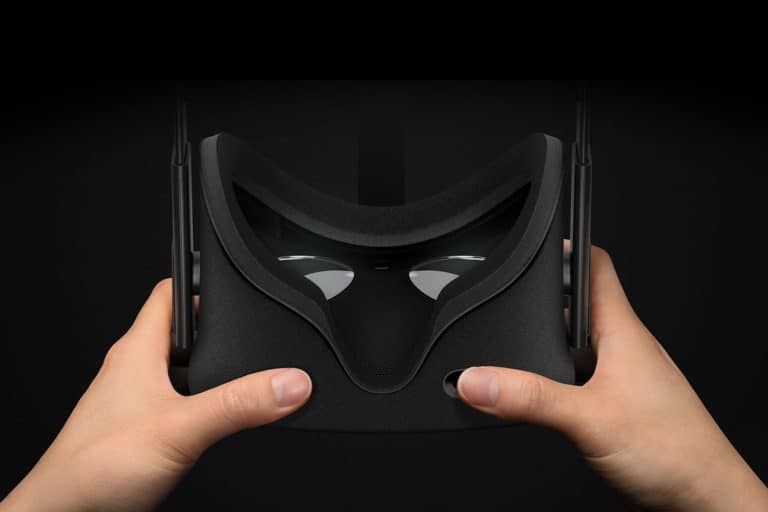
Data Point of the Week is ARtillry’s weekly dive into data from around the XR universe. Spanning usage and market-sizing data, it’s meant to draw insights for XR players, or would-be entrants. To see an indexed archive of data briefs and slide bank, subscribe to ARtillry Pro.
XRDC is back with its anticipated annual developer survey, and the headline: Rift continues to gain share in developer affinity. This aligns with a lot of other signals we’ve tracked — albeit on the consumer side — including Steam’s hardware survey, and of course our own survey data.
Specifically, Rift scored highest (46.66 percent) on the question of what platform your next title will be released on. Compare that to last year’s survey when HTC Vive was in the lead with 52 percent, followed by Rift’s 50 percent. What changed? In short: a domino effect.
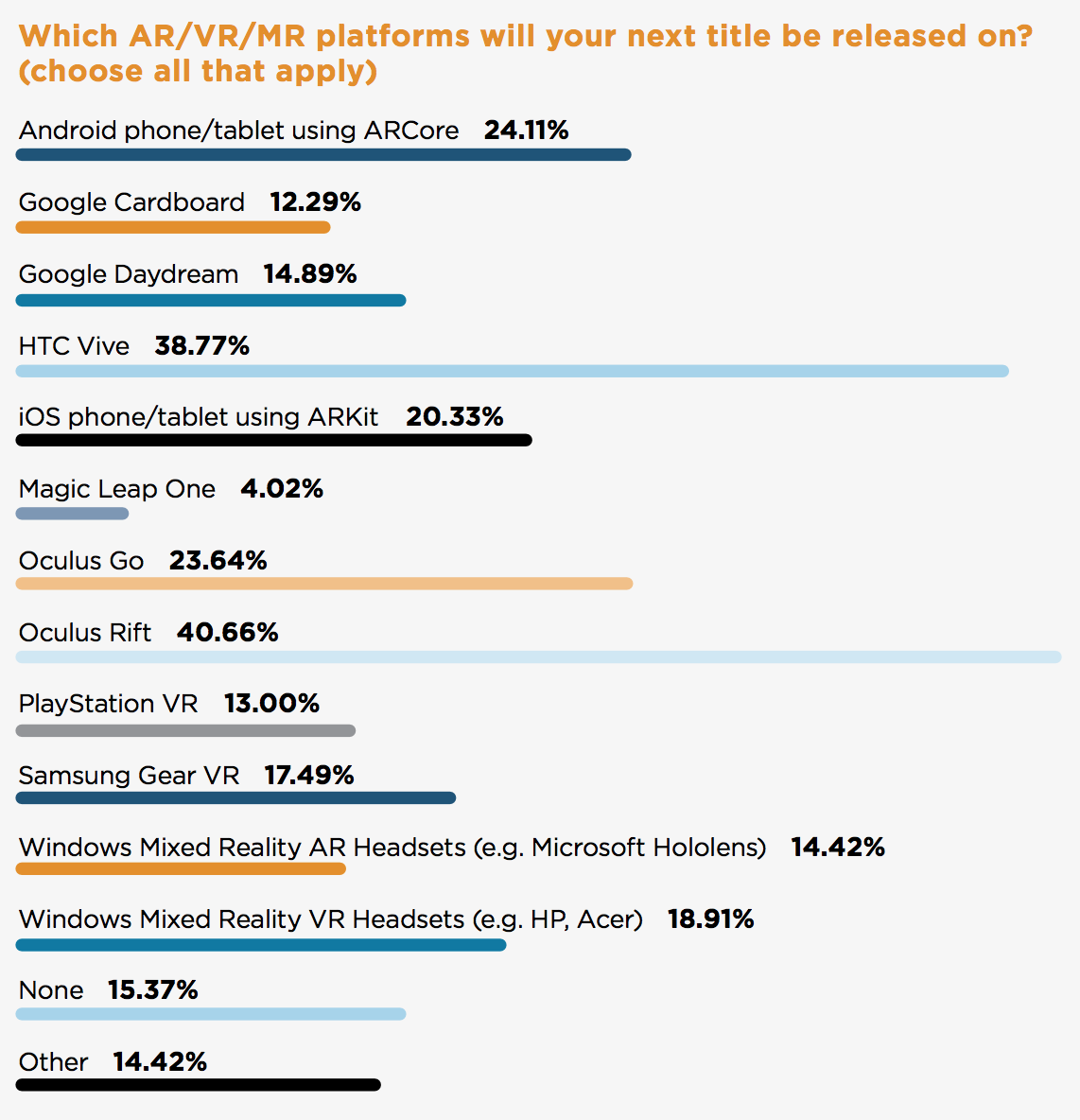 In other words, Rift’s consumer affinity has been on the rise. That’s a result of Oculus’ aggressive price competition (more on that in a second). That penetration in turn provides incentive for developers to reach a wider audience. This isn’t the only reason for the Rift love but it’s one.
In other words, Rift’s consumer affinity has been on the rise. That’s a result of Oculus’ aggressive price competition (more on that in a second). That penetration in turn provides incentive for developers to reach a wider audience. This isn’t the only reason for the Rift love but it’s one.
Back to price competition, Oculus long-run platform strategy (and Facebook backing) gives it the luxury of “trading margins for market share” as we like to say. But margin-dependent hardware players like HTC are challenged to compete on price, so Oculus pulls ahead as intended.
In fairness to HTC, Vive scored highest in other categories like “what platforms are you developing for now,” “and what platform will your next title be released on exclusively.” (see below) So Vive is commendably hanging in there, despite the above margin compression.
Elsewhere in XRDC’s survey, the majority of respondents feel that meaningful revenues are probable in the “mid-term.” We’re not sure what that means but it’s probably 2-3 years. And this should be taken with appropriate salt tonnage given “aspirational” and future-looking sentiments.
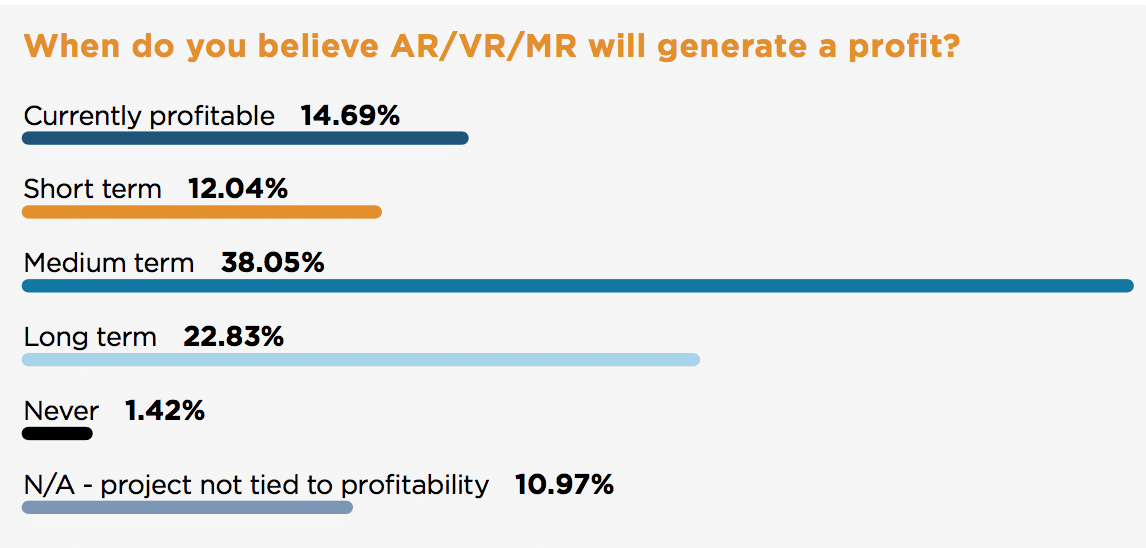
It’s also notable that in line with VRDC’s rebranding to XRDC, this year’s survey includes developer activity around AR platforms. Those findings are just as notable, but to keep our George Costanza worlds from colliding, we’ll circle back to examine those AR results separately.
Meanwhile, here are the rest of the data:
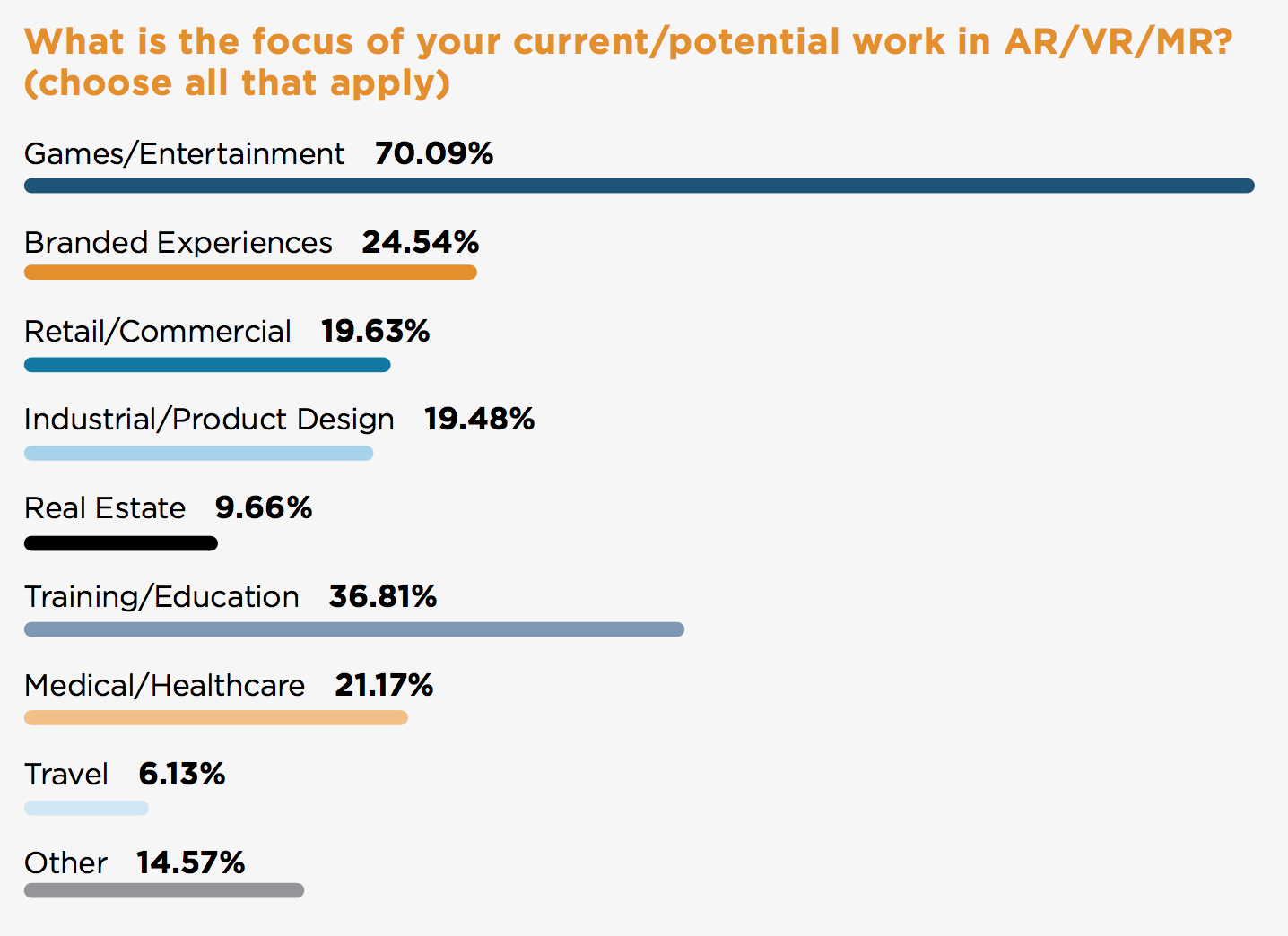
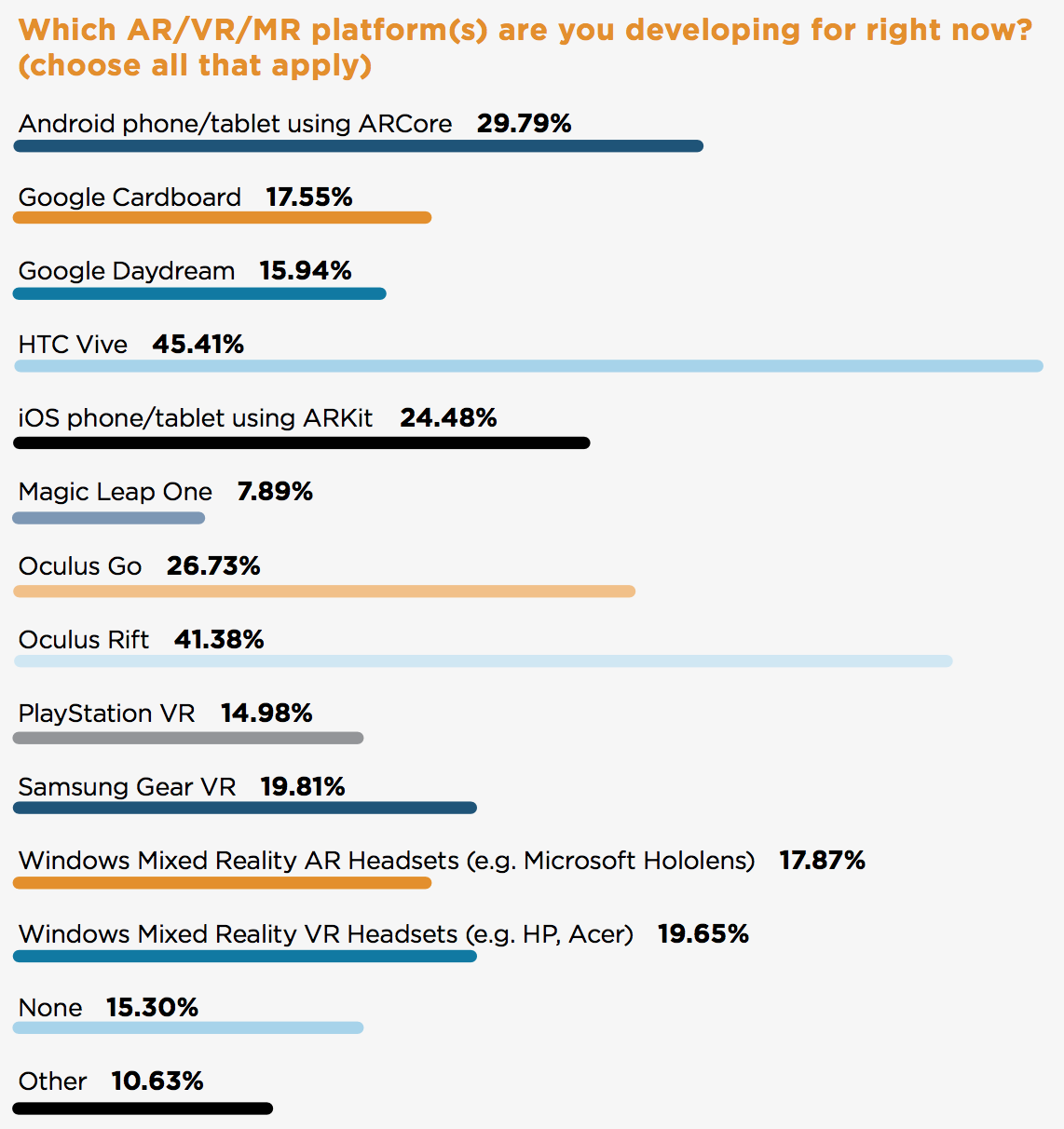
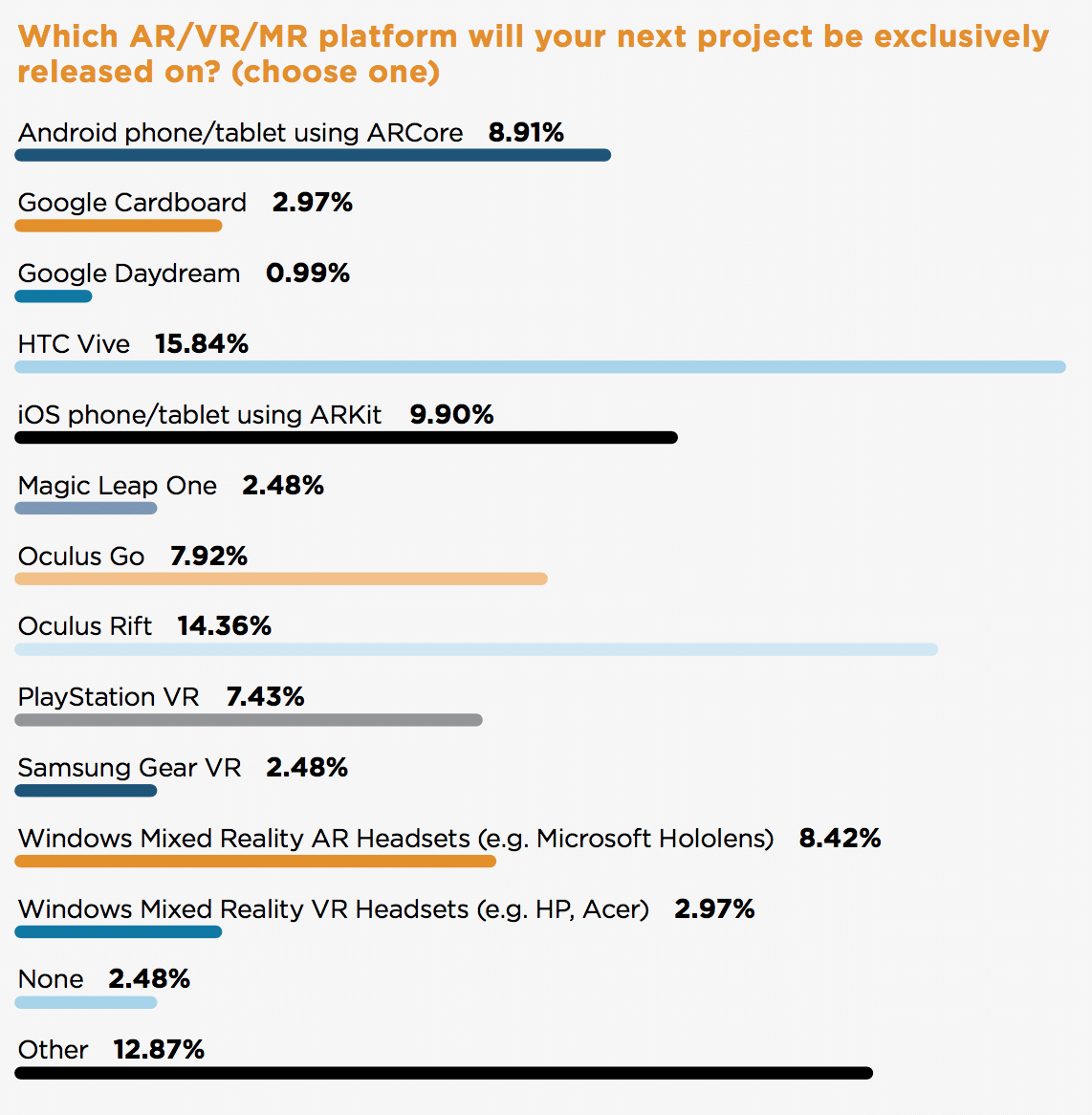

For deeper XR data and intelligence, join ARtillry PRO and subscribe to the free ARtillry Weekly newsletter.
Disclosure: ARtillry has no financial stake in the companies mentioned in this post, nor received payment for its production. Disclosure and ethics policy can be seen here.
Header image credit: Oculus
